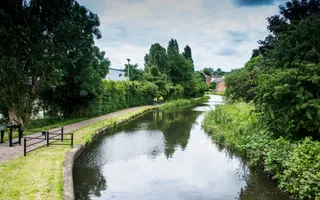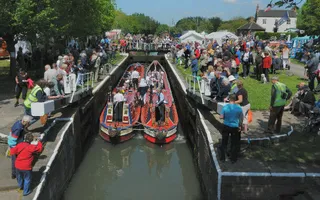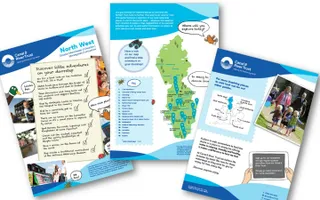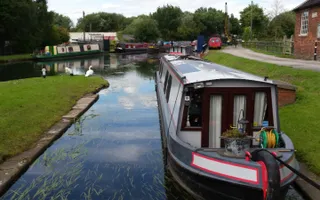The canal is very popular for walking and cycling in green and peaceful surroundings. It sees less boating traffic than some canals, so it is a great place for boaters to escape the crowds.
Trent Lock, where the canal joins the River Trent is not only a major waterways crossroads, but also a pretty picnic spot. Further north, you will discover Nutbrook Junction and Trowell Marsh, areas of nature reserve along the canal. The rich mixture of woodland, grassland and swamp makes this a great place to spot wildlife.










